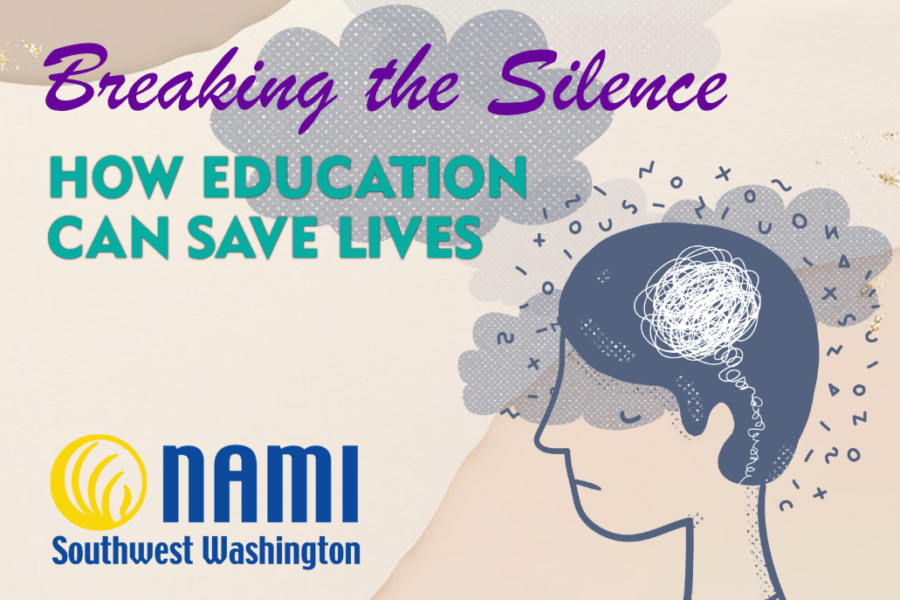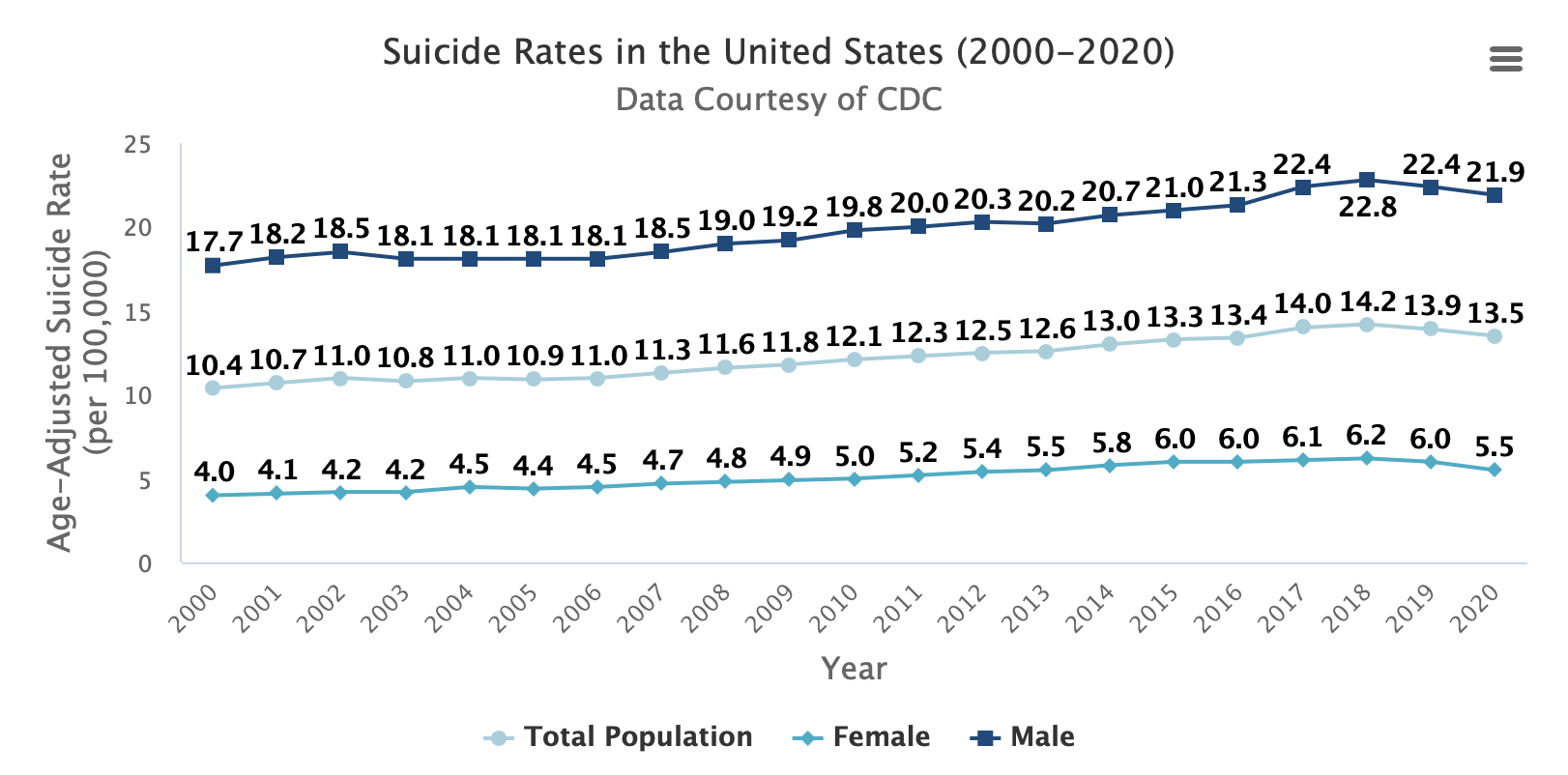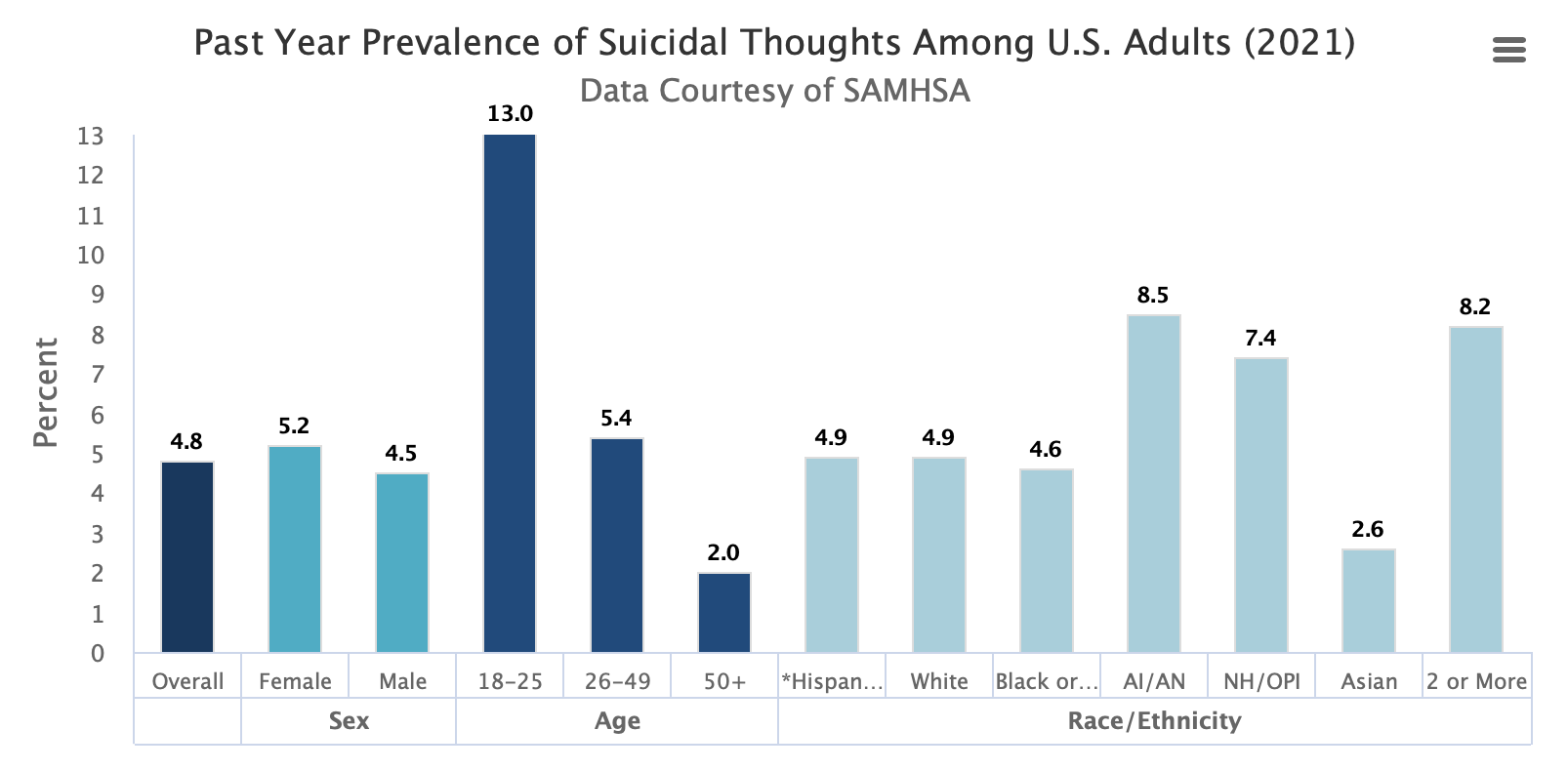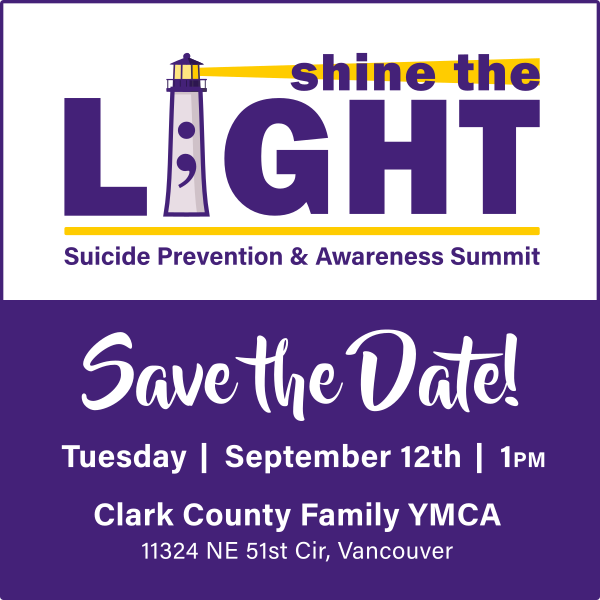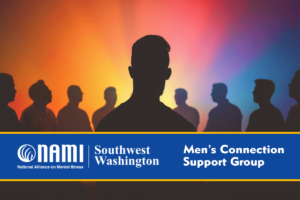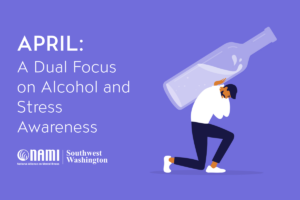By NAMI Southwest Washington
September is National Suicide Prevention Month, a critical time to shine a spotlight on a deeply stigmatized issue that affects millions of people worldwide. Suicide is a global public health concern, with devastating consequences for individuals, families, and communities. One of the most effective ways to combat this alarming rise in suicide rates is through education.
Understanding the Scope of the Issue
Before delving into the significance of education, it’s essential to grasp the enormity of the issue. Suicide rates have been on the rise in many parts of the world. According to the World Health Organization (WHO), approximately 800,000 people die by suicide every year, making it the 10th leading cause of death globally. In the United States alone, suicide claimed the lives of over 47,500 individuals in 2019, with suicide rates steadily increasing over the past two decades. In 2021, over 12 million people in the US alone seriously considered suicide.
The Role of Education
Education about suicide is a powerful tool for prevention. One of the most significant barriers to seeking help for mental health issues is the stigma surrounding them. Education helps break down these stereotypes and misconceptions, fostering a more compassionate and understanding society. When individuals understand that mental health struggles are just as legitimate as physical health issues, they are more likely to seek help when needed. Education equips individuals with the knowledge to recognize the warning signs of someone who may be at risk of suicide. This knowledge empowers people to intervene and provide the support that can be lifesaving.
Education helps us become aware of the mental health resources and services available in their communities. It can guide individuals to appropriate professionals, hotlines, support groups, and treatment options. Understanding the factors that contribute to suicidal thoughts and actions is crucial, helping us identify risk factors such as substance abuse, history of mental health issues, and access to lethal means, allowing for targeted interventions. It’s never been more important to encourage open and honest conversations about suicide. When we feel comfortable discussing our feelings and concerns, we are less likely to suffer in silence and more likely to seek help.
How an Educated Public Can Help Stem the Rise in Suicide Rates
A well-informed public can play a significant role in reducing suicide rates by recognizing the signs of distress and providing early intervention that can save lives. Suicide often thrives in isolation, so we must encourage individuals to reach out to friends and loved ones who may be struggling, reducing the isolation that can lead to suicidal thoughts.
During National Suicide Prevention Month and beyond, it’s crucial to emphasize the importance of education in preventing suicide. By breaking down stigma, recognizing warning signs, promoting access to resources, and encouraging open conversations, an educated public can make a significant impact on stemming the rise in suicide rates. Together, we can create a world where everyone has the knowledge and support they need to seek help and choose life over despair. Education is not just a tool; it’s a lifeline.
This Year’s Theme | “Creating Hope Through Action”
The theme for this year’s Suicide Awareness and Prevention Month, “Creating Hope Through Action,” emphasizes the power of collective effort in making a change. It encourages us to move beyond awareness and into action. Hope is the catalyst that can inspire individuals to seek help, support, and treatment. This theme serves as a reminder that we all have a role to play in suicide prevention.

